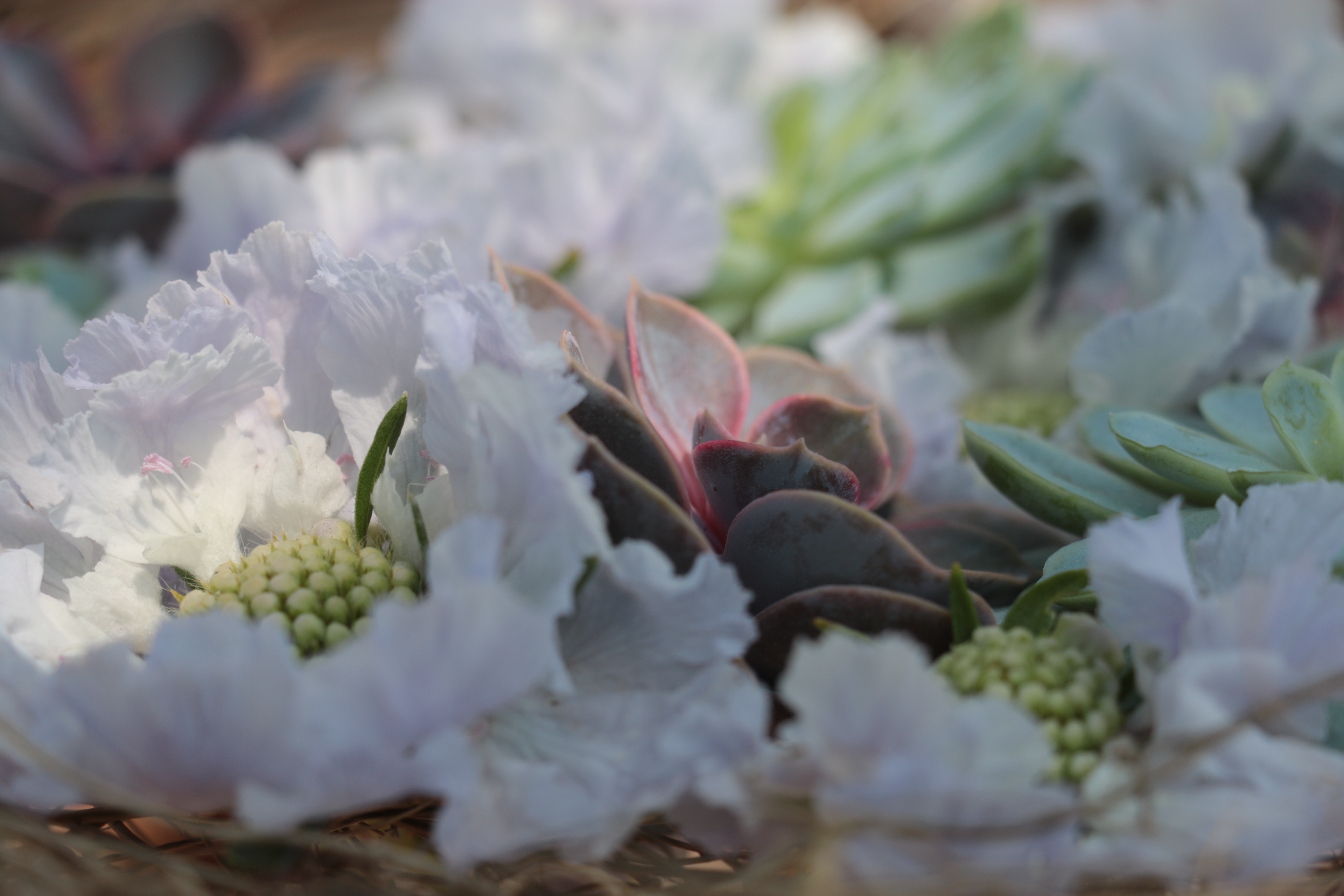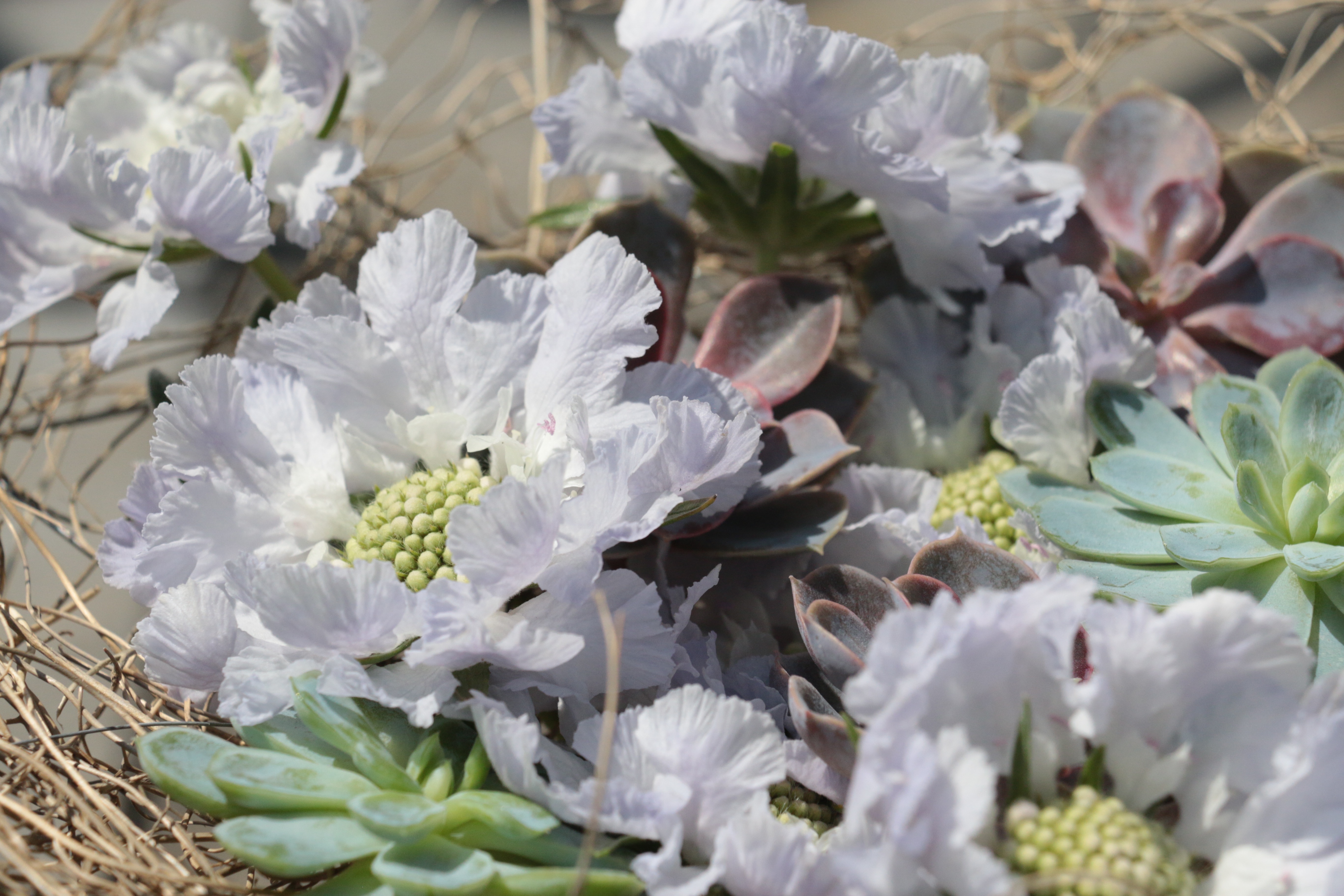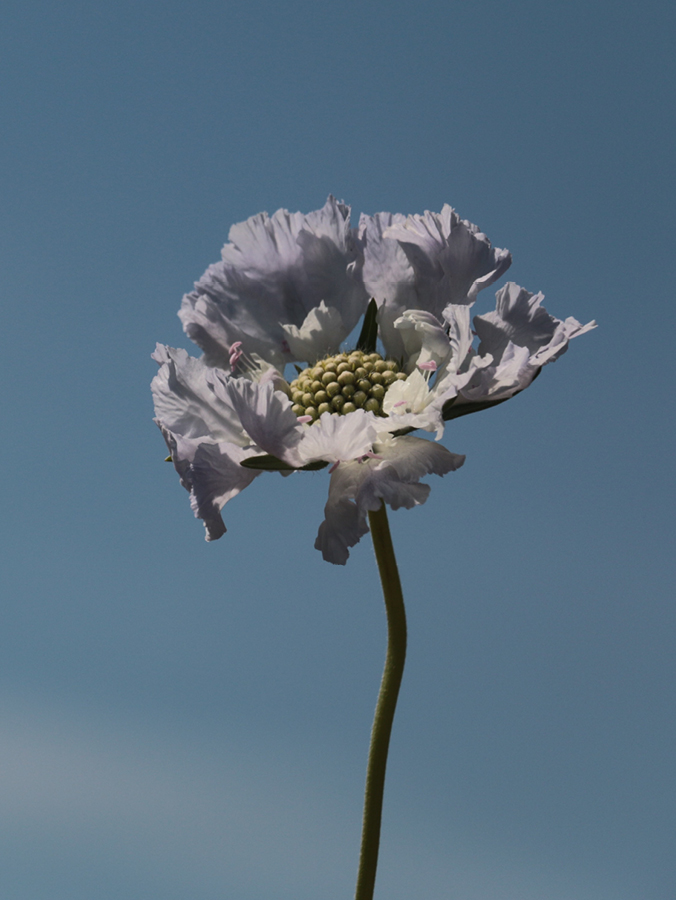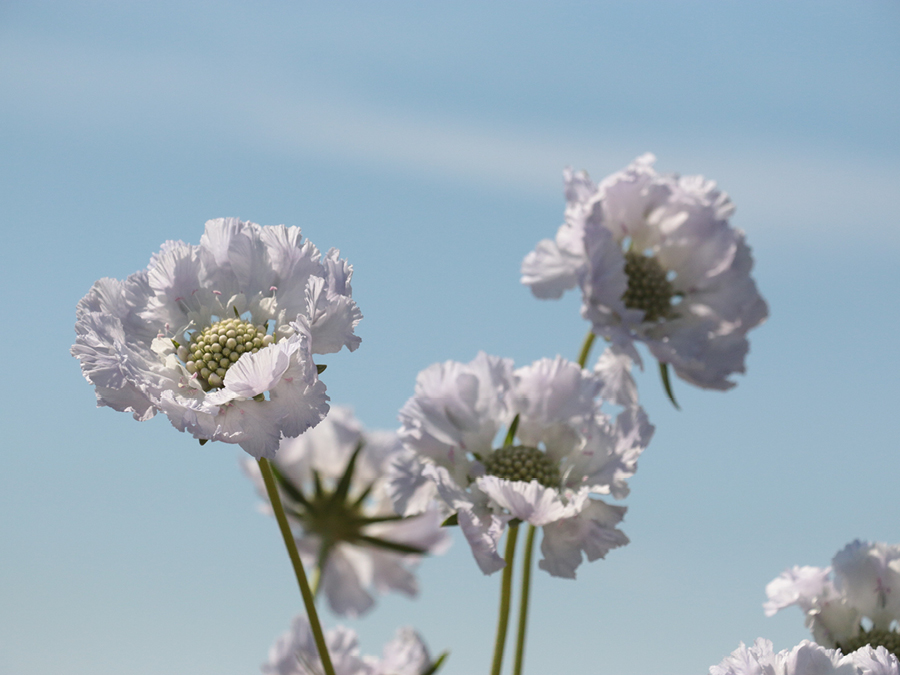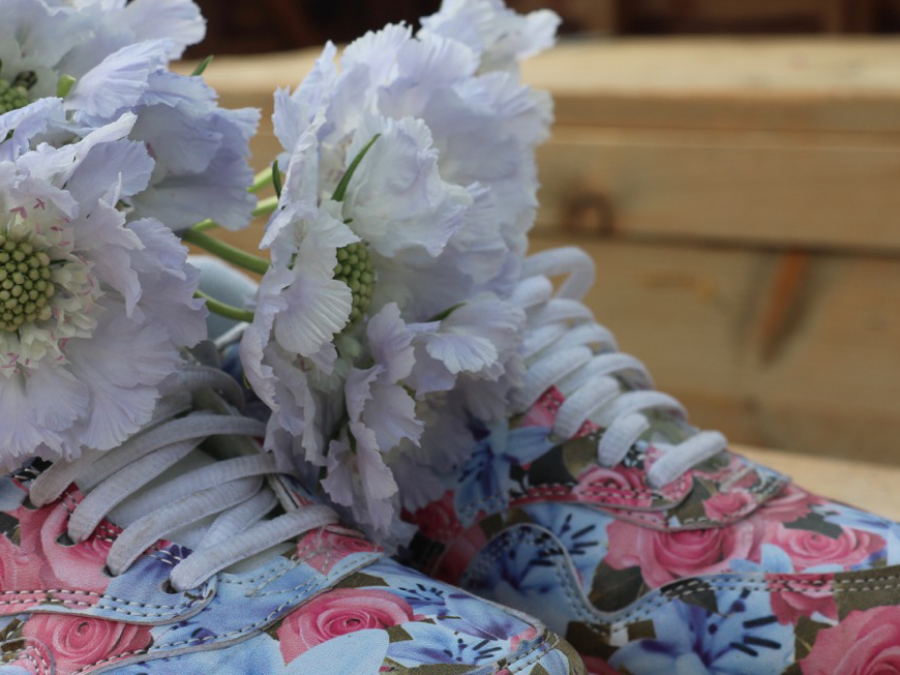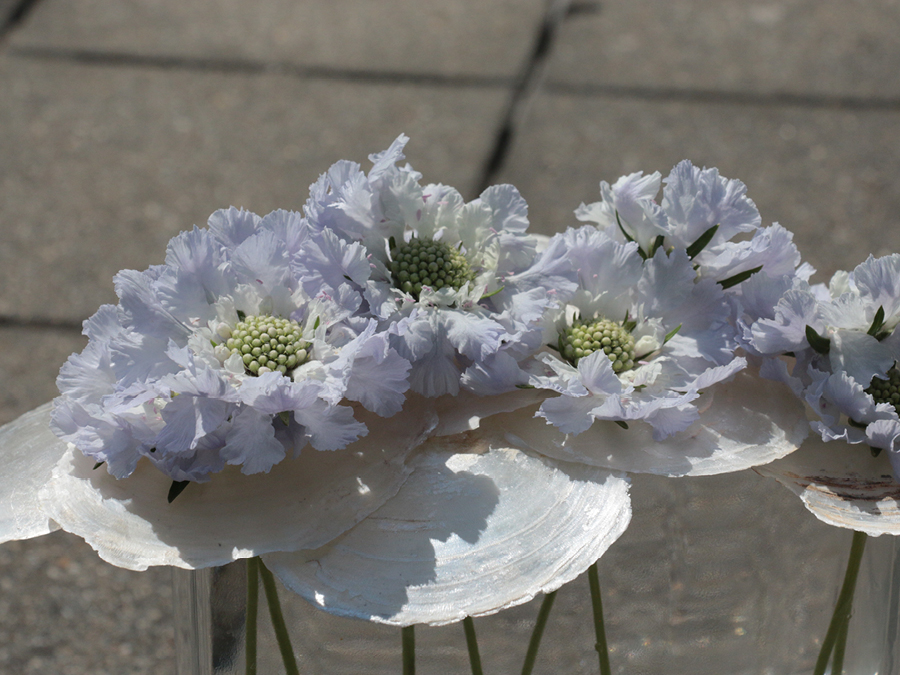This week at FloraPodium
Scabiosa caucasica 'Davida'
Calendar
The Scabiosa caucasica 'Davida' is available from the beginning of June till the end of October.
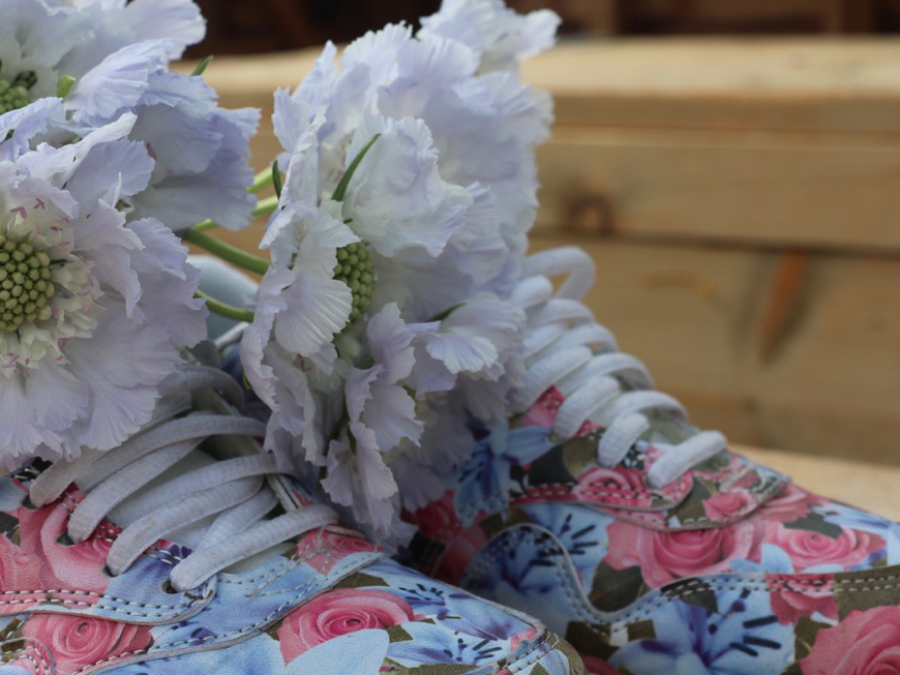
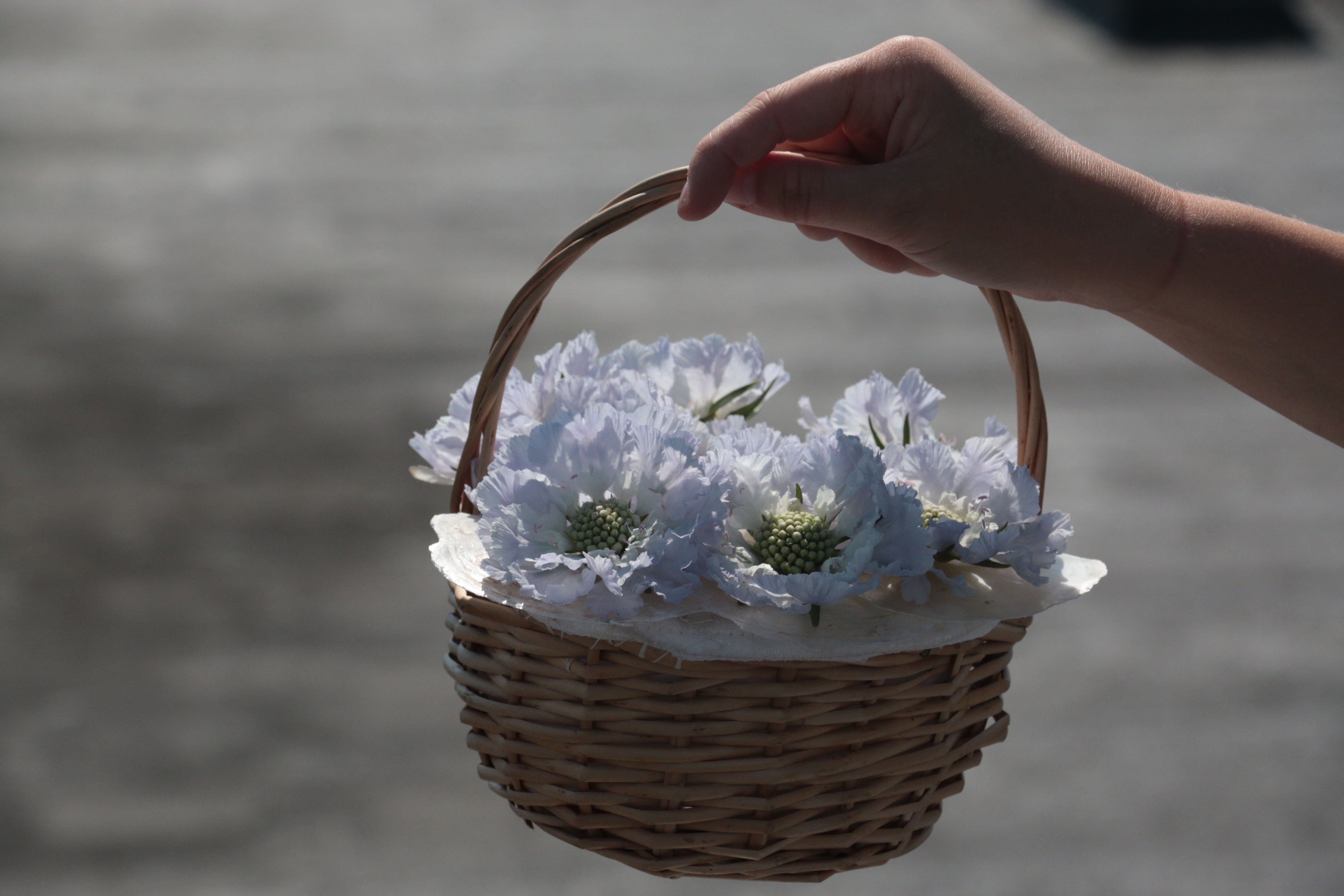
In the spotlights
This week the Scabiosa produced by nursery Damen has been given centre stage at the FloraPodium. Pieter Damen grows six types of exceptionally large Scabiosa at his nursery in Hillegom. Both he and his wife Annemieke have found their passion in growing flowers, where they both highly value cultivating as sustainably as possible. This means having an eye for people and nature.
Annemieke has a picking garden that she started in 2009, mainly for introducing people to seasonal flowers. Her nursery is now fully organic and Skal certified. We have extensively informed you about her picking garden in the Sustainable Week at the FloraPodium.
Scabiosa caucasica 'Davida'
Scabiosas (also called grape herb) are very popular with many types of insects. That makes them special, because most plants only attract one kind of insect. There are different Scabiosa varieties. There is a one-year and multi-year variant, both are cultivated and propagated in their own way. These types also differ from each other in appearance. The annual flower is available in different colours, including pink, very dark purple and red. The multi-year variant is only available in the white to purple spectrum. Under the heading cultivation you can see how these varieties of annuals and multi-year varieties differ in terms of cultivation, and the challenges that Pieter faces.
The Scabiosa is an extremely suitable flower fitting perfectly in the current trend of field bouquets. It is a powerful and appealing flower, which immediately stands out due to its subtle beauty. The flower has an exclusive character, making it very popular with florists and real craftsmen.
At first glance, the Scabiosa looks like a fine and fragile flower, so you think it will not last that long. But appearances are deceiving! This nice cheerful summer flower is very strong and has a beautiful vase life. We tested her on the Podium and she lasted beautifully for over a week which was impressive considering the extremely high temperatures which we had to deal with this week. Just note that the product needs a lot of water, so we strongly advise transporting it in water.
A faded Scabiosa still has ornamental value. After flowering, raw seed bulbs appear on the plant that are powerful in a sturdy bouquet. These are also extremely suitable in eccentric floral work. Also because they can be properly processed dry. Both single and adult plants give these funny little balls after their flowering. Pieter does not sell these varieties because he thinks the 'living' Scabiosa is much nicer.
In the spotlights of the FloraPodium this week is the Scabiosa Caucasica 'Davida'. This variety originated from Pieter’s own breeding varieties of the adult plant and it is on the market for the first time this year. Davida comes from the perennial plant and is named after the daughter of Pieter and Annemieke. The flower of this Scabiosa is exceptionally large and the flower has a light ultraviolet colour.

The cultivation
Pieter grows his Scabiosa outside in the open air on approximately three hectares of land, and they are available from June till the end of October. In order to extend the season, Pieter has also started growing in Portugal since 2016. This makes the cut flowers available as early as February. Pieter faces the challenge of getting the quality of his Portuguese cultivation exactly the same as the flowers of the Dutch cultivation. Cultivation is bound to areas with a poor (often) sandy soil. The Scabiosa thrives best in a permeable soil. The soil is the same in both countries, but naturally there are bound to be differences in the weather conditions.
Growing Scabiosa is difficult, because the cultivation must meet certain requirements. For example, it is difficult to keep the plant healthy and vital so that large and beautiful flowers can grow. How Pieter deals with this remains his secret. Pieter tries not to use pesticides, but has a lot of problems with Trips. These microscopic creatures eat the flower buds so that the Scabiosa can not grow into a beautiful full-fledged flower. Only against Trips he occasionally uses spray.
The propagation of the multi-year Scabiosa takes place by tearing the roots. This means that you pull plants with enough roots apart to get two or more plants. The propagation of these plants is therefore a slow process. It sometimes takes 20 years for a new variety to enter the market. The annual Scabiosa, on the other hand, is propagated through seed, which makes breeding easier. From the one-year-old, therefore, new varieties are coming onto the market much faster, in significantly different colors.
Pieter breeds and crosses the Scabiosa himself in the laboratory. The new varieties he cultivates are therefore also their own crosses. He named these varieties after his children. As a result of the crossing, they introduced four new cultivars to the market in 2015. These varieties are available in small numbers from the end of May up to and including November. However, these are only crosses from the multi-year flowers. Because the one-year Scabiosa has full flowers with beautiful colors, Pieter has tried to cross the perennial with the annual. It is the challenge for Pieter to implement the colors of the annuals in the colors of the perennial species. For example, Pieter has already tried to change the color compositions by means of irradiation, unfortunately without result. But…. Pieter does not give up, because in the end it has to be successful!
FloraPodium, 25 July 2018
